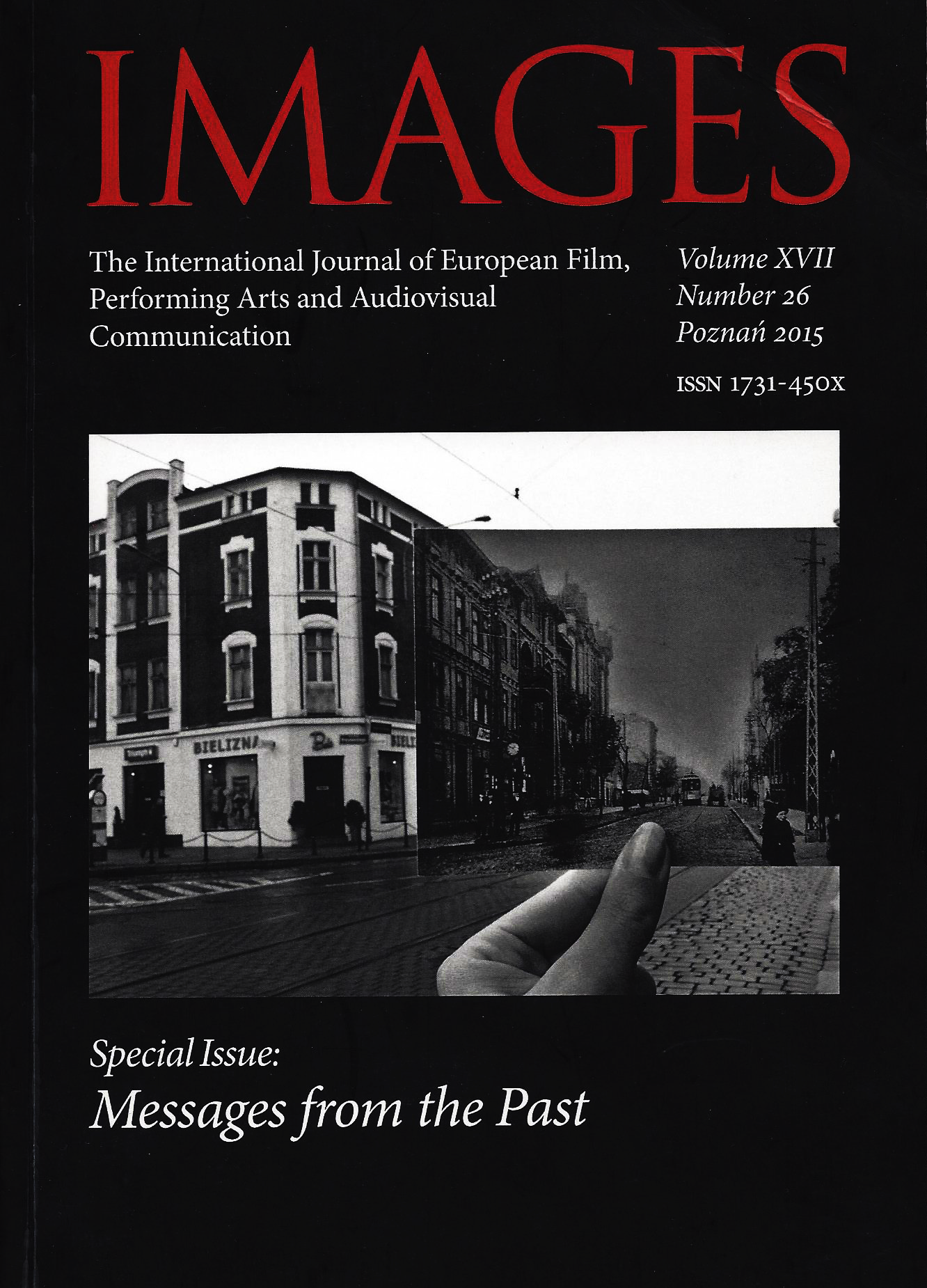Zagłada miasta.Warszawa w Pianiście Romana Polańskiego
The Annihilation of a City. Warsaw in Roman Polanski's The Pianist
Author(s): Mikołaj JazdonSubject(s): Photography, Fascism, Nazism and WW II, Film / Cinema / Cinematography, Sociology of Art
Published by: Uniwersytet Adama Mickiewicza
Keywords: Warsaw; World War II; ghetto; Holocaust; film space; documentary; archive materials; symbol; Chopin; Jesus Christ;
Summary/Abstract: This article is an analysis of Roman Polanski’ The Pianist, focused on presenting how the city space in this film, both its exteriors and interiors, makes it a story of Warsaw during the Second World War. The gradual destruction of the city is presented in two supplementary fashions. On the one hand, there is as a quasi-documentary reconstruction of the past based on literary (Władysław Szpilman’s diary) and visual (archive photographs and films) material, while on the other, there is a symbolic narration, where particular places and events bear hidden meanings. Next to Chopin and his music, the piano, interiors and city walls, the most meaningful symbol in the film is a monument of Jesus Christ carrying the cross, a statue standing in front of The Church of the Holy Cross in Warsaw, a motif that appears in the second shot of the Pianist and returns three more times during the film.
Journal: Images. The International Journal of European Film, Performing Arts and Audiovisual Communication
- Issue Year: 12/2013
- Issue No: 21
- Page Range: 77-95
- Page Count: 19
- Language: Polish

